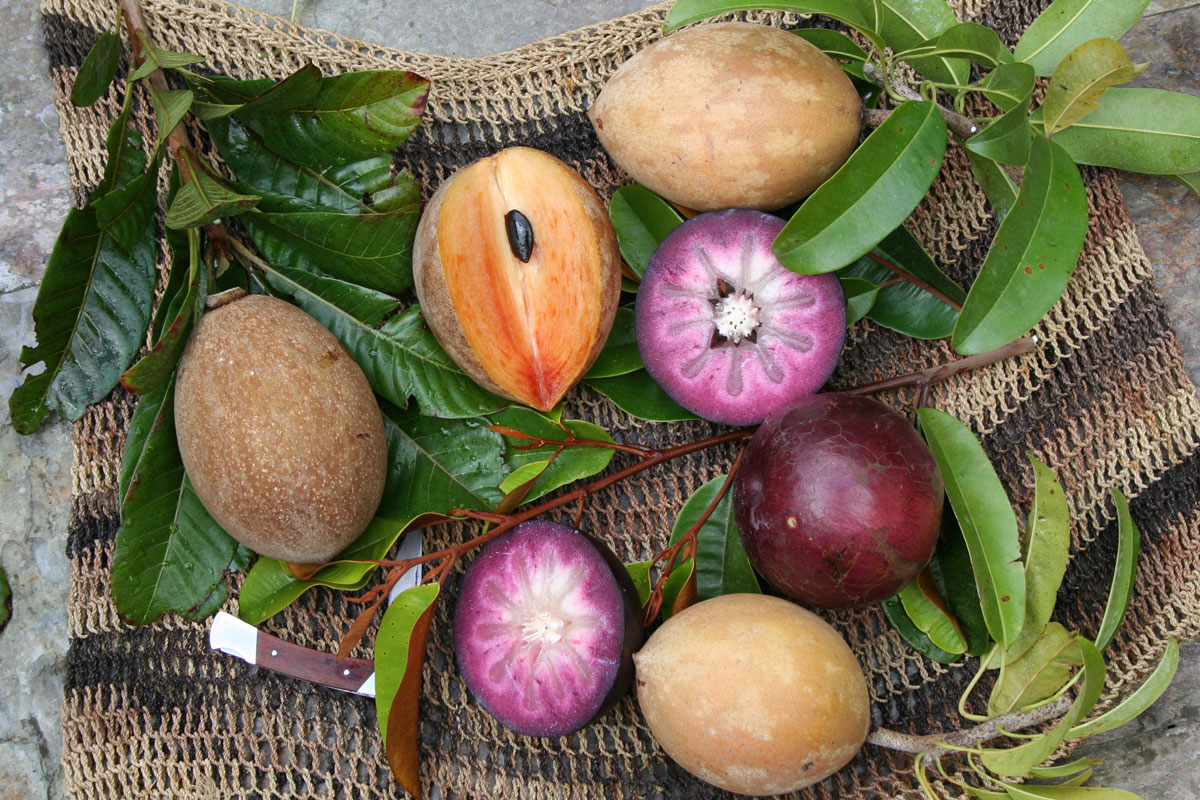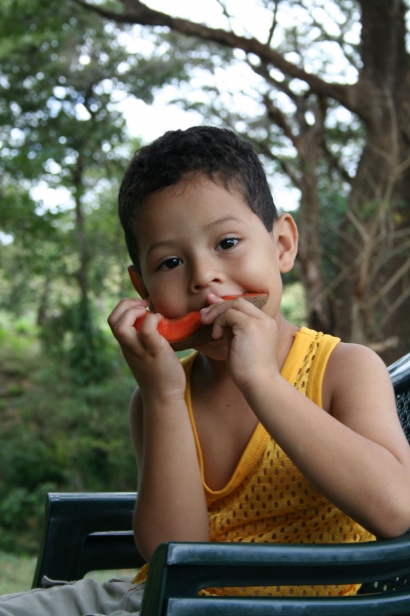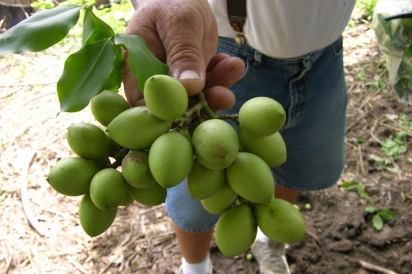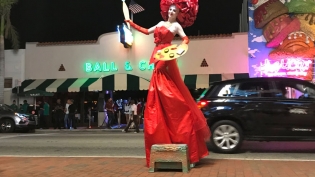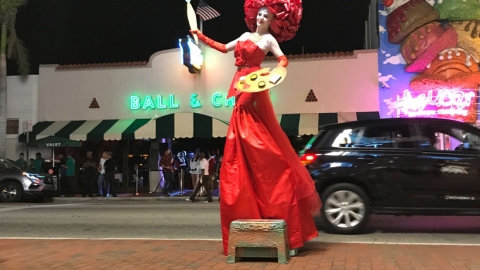Nostalgia for Cuba in the Garden
Close your eyes and take a step outside your door: the Caribbean sun; the insects, animals and birds around you. The very air itself speaks to a place you have known your entire life.
You open your eyes to the guanabana, mamey sapote, avocado and mango. You are Cuban and you are home, but the pin on your iPhone puts your location 90 miles north of the “perla del Caribe.”
Exile was the reality that your parents lived with for your entire life. Their heart belongs to Cuba and to the memories and keepsakes of home. They told you of the island nation, its struggles and triumphs. They filled your memories with the tastes and the sounds of Camaguey, Cienfuegos and Santiago de Cuba; but you were born here. You are an American and it is here that you drop your roots and weather the storms of life. South Florida may be a few degrees north in latitude, but it shares the tastes, sounds and feel of Cuba in its climate and horticultural gastronomy.
Our soils are thin, fertility-challenged and high in pH, our summers long and rainy, our winter and spring dry and windy. We have our share of tropical cyclones. With the proper selection, we can create a Cuban floristic paradise with a bounty of fruit throughout the year. Unlike in Cuba, the South Florida edible gardener is blessed with real horticultural advantages. Nowhere else in the world is it possible to purchase quality fruit trees of such a wide diversity and rebuild one’s Cuban dream.
Build a Cuban Garden
There are fruit trees for every season from nurseries, hobbyist clubs and friends and neighbors: Mango, avocado, sapodilla, mamey sapote, Spanish lime, jackfruit, caimito, mamey de Santo Domingo, white sapote, tamarind, jocote, persimmon, coconut, canistel, macadamia, pineapple, passionfruit, Barbados cherry, dragonfruit and citrus. Turn next to the root crops and tropical vegetables like boniato, malanga, calabaza, hot peppers, cassava and sugarcane. Herbs? Plant cilantro, sour orange and Cuban sage. Seek out the “verdadero” material and avoid generic offerings to build a truly amazing Cuban garden.
The prudent gardener must not ignore the laws of nature. Embrace the monsoon, the rainfall that will allow for the lush tropical growth of the fruits and vegetables. Hold close the cool and dry winter that will bring the bloom to the mangos, avocados and other fruit of the islands. Celebrate the warmth of the summer and the bountiful harvest. Is there anything more Cuban than a ripe mamey or fried yuca, coco frio from your own backyard and the boniato bed crisscrossed with the mottled calabaza vine? Take advantage of what Hurricane Irma brought upon us: plant a cassava bed, some burro bananas and malanga in the light gaps of the recovering canopy.
Reserve the irrigation for the maintenance of a green lawn and preferably for the neighbor. Irrigation is no friend of the Cuban fruit garden. Segregate your mamey and caimito. Allow them the dignity to attain their full potential, their stature and their ultimate reward – quality. The edible Cuban garden needs no dressing up. It is a garden of the people and should remain thus. If you are happy with it, that is more than enough.
High and Low
Think in three dimensions. Mango, avocado, mamey sapote, sapodilla, caimito, tamarind and Spanish lime form the upper canopy. Jackfruit, canistel, mamey de Santo Domingo, jocote, Barbados cherry and citrus fit in at middle canopy, and below – well, here one must get a bit creative. Grow pineapple in pots where there’s light, the passionfruit on fences, the custard apples and anon as small accents around the house. With all this canopy there will be a sanctuary against the cold for your cacao, guanabana and other cold-sensitive plants. The vertical stratification of the garden will maximize space, provide for a greater diversity in the home garden and protect against losses due to hurricanes. You will also provide shelter for Cuban fauna that make south Florida home, like the Cuban anole, white crown pigeon and myriad migratory birds.
Pruning is essential. Topping for size control and thinning canopies will help maintain proper yields and productivity. It will also keep the fruit closer to the ground for your enjoyment, rather than the squirrels and birds. We all face events that test horticultural faith, like hurricanes, but these are mere reminders that we are but small parts of our bigger environment. Keep the faith, and the saws and pruning shears sharp. You will need them both.
Mulches and composts provide for the fertilizer needs of the trees. You will find less reason to visit the local garden center. In fact, you may visit only to buy the newest hybrid calabaza seed or perhaps some cilantro. If you find yourself in front of agriculture chemicals, walk away. None of those products will make your mamey sweeter, your mango more fiberless, your guanabana more Cuban. Go home and garden. Make mistakes and make discoveries. Practice your Spanish on your ‘Catalina’ avocado. It may not help, but it will not hurt anything. Invite your parents or your grandparents over, break out the dominos, drink some batidos de mamey and enjoy!


